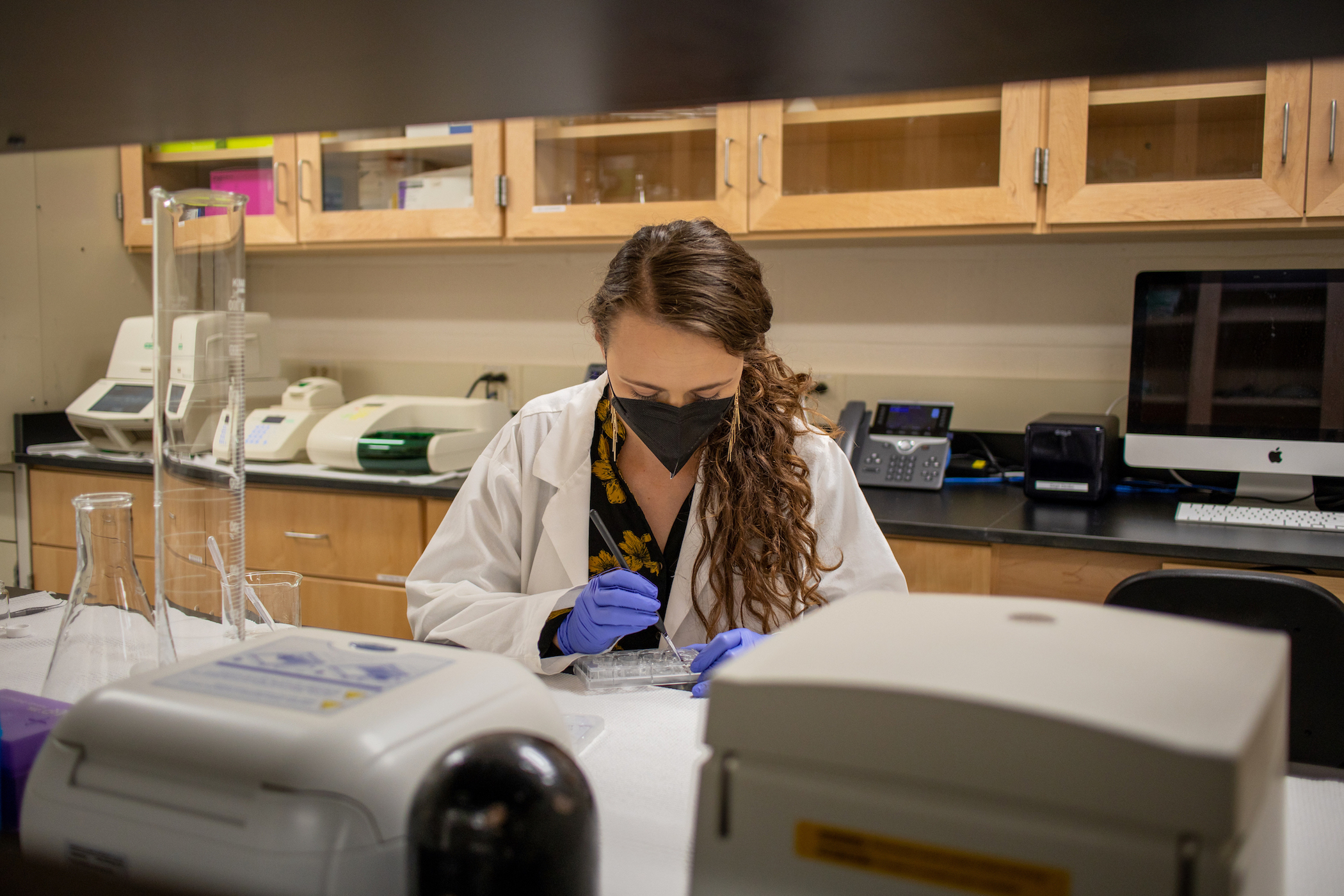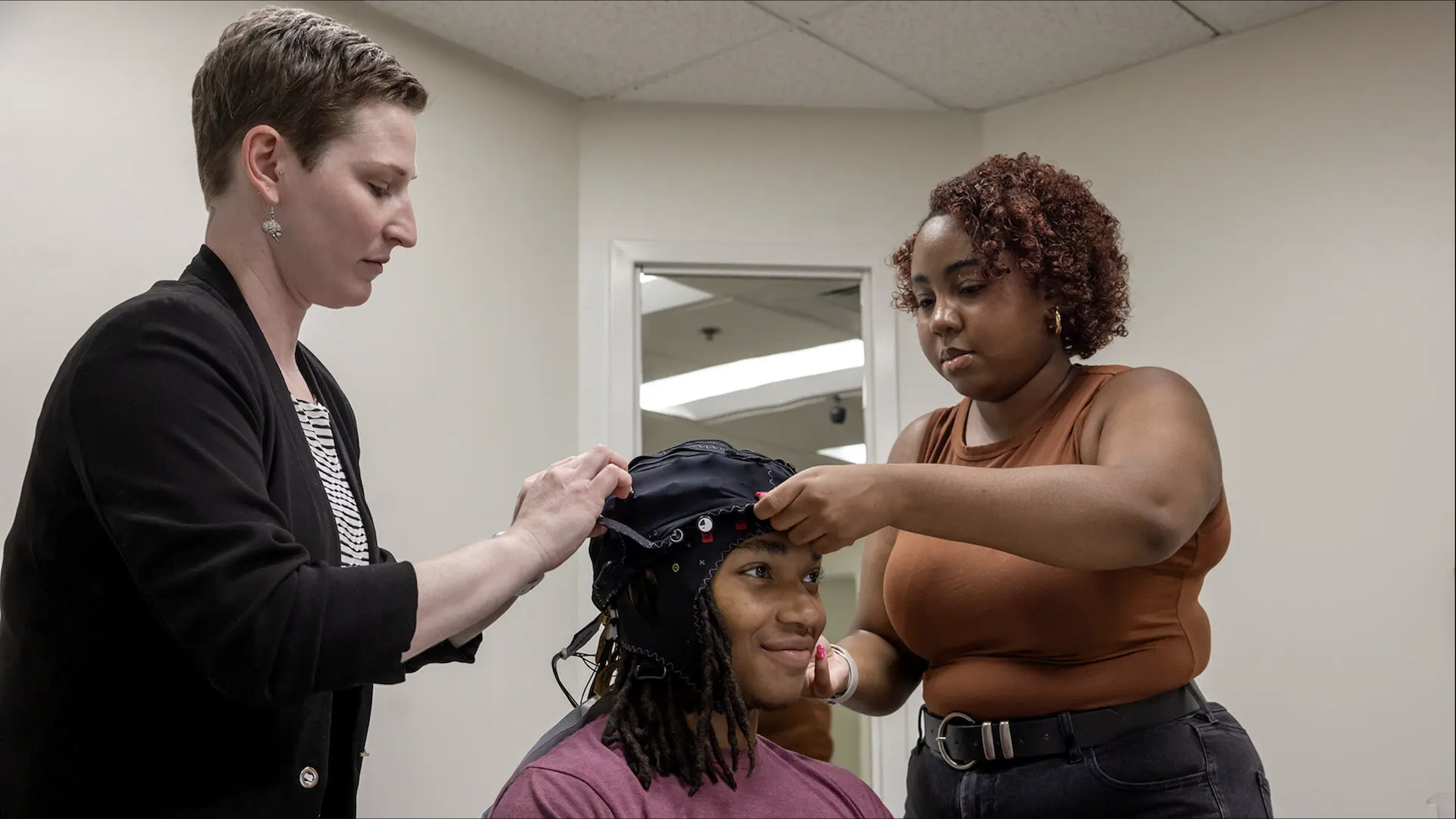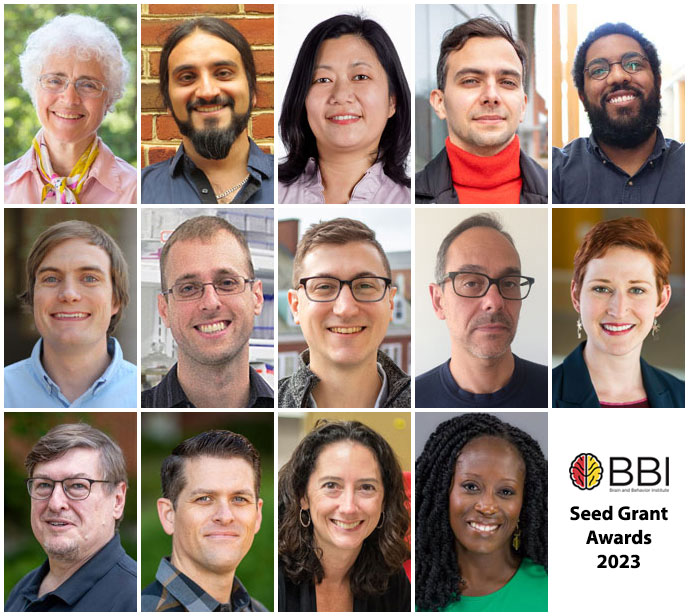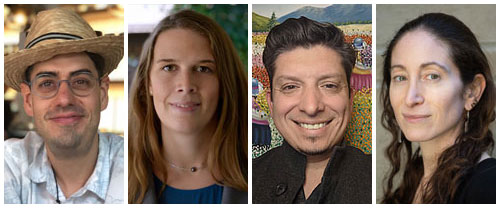News Story
Catching Up with 2020 VFIN Awardee Chelsea Haakenson

Chelsea Haakenson. Photo by Nathaniel Underland.
Chelsea Haakenson studies the neural mechanisms underlying the motivation to communicate. As a Ph.D. student in the Neuroscience and Cognitive Science (NACS) program at the University of Maryland, Haakenson typically performs her doctoral research with songbirds in the Avian Behavioral Neuroscience lab, directed Gregory Ball and Robert Dooling.
Yet this spring, rather than commuting to College Park, Haakenson began traveling to Baltimore.
Supported by a semester-long Visiting Graduate Fellows in Neuroscience Program (VFIN) award, Haakenson trained in the laboratory of Margaret (Peg) McCarthy at the University of Maryland School of Medicine. There she worked in a rat animal model, elevating her research with a new tool, RNAscope, among new colleagues in a different research environment.
The VFIN program enables cross-campus training by neuroscience graduate students to promote enhanced collaboration between research groups in Baltimore and College Park. It provides funding for research rotations of UMB Program in Neuroscience (PIN) students in College Park and UMCP NACS students in Baltimore. The VFIN is accepting applications for the next round of funding through November 19, 2021.
Last week, the Brain and Behavior Institute sat down with Haakenson to discuss how the VFIN helped expand her scholarship.
Can you start off by telling us a little about your research? You use birdsong as a model for human speech, is that correct?
That’s right. I am interested in social behaviors, particularly the question of why we are motivated to communicate. Songbirds have a lot of parallels to humans: they are very social, and they learn song in ways that are similar to how humans learn language. Previous research has shown that testosterone is responsible for songbird motivation to sing, but the specific mechanism for how testosterone influences the song control system is unknown. Understanding the neural mechanism underlying the motivation to communicate is especially relevant today: with the pandemic, it has become evident that we are driven to communicate even when we don’t necessarily have anything explicitly to say to one another.
How did the VFIN program advance your work?
I applied to the VFIN program to perform research with RNAscope in Dr. McCarthy’s lab. Because the part of the brain where testosterone is produced (the POM) does not project to the song control system, the particular mechanism of how testosterone motivates song is unknown. We know that the POM affects motivation—birds sing if testosterone is in the POM—but we don’t know how the signal travels from the POM to the regions that control song. My plan was to use RNAscope, which is a novel tool in chemical neuroanatomy, to characterize the neural receptors in the canary’s song control system.
It sounds like the tool let you study the problem from the receptor side rather than from the side of stimulation—that is, approaching the mechanism from the other direction, so to speak?
The RNAscope tool allowed me identify whether two different neural receptor cells in the song motor control pathway were excitatory or inhibitory. If I could classify these cells, then I would be better able to understand the connection between what’s happening upstream in the system with testosterone and what is being received downstream in the motor system.
How did your experiments go?
It’s complicated! I was examining two types of cells, and my hypothesis was that one type of cell would be excitatory and the other would be inhibitory. In fact, the vast majority of both types were excitatory. So now I will be using RNAscope on a different area of the brain to figure out if this ratio of excitatory-to-inhibitory cells is the same or different there. The question now is whether the mechanism is similar in other song control regions. Even after this project is completed, I have plans to return to Baltimore and use the equipment again.
What would you say to someone who is considering applying to the VFIN program?
The VFIN is a great program, and students here should take advantage of it. Even beyond the specific techniques that you will pick up, it is great to learn about other labs and cultures, which will broaden your experience for whatever it is you decide to do in the future. For me, it was very valuable to see science performed by other groups in other contexts.
You mention differences between College Park and Baltimore—what were some that you noticed?
The laboratory at a medical school is organized differently. The space is physically different, first of all, but in terms of personnel, the difference in lab structure is a function of how medical school funding works. The scope of the lab was also wider—they study sex differences broadly—and within that scope there were subgroups—researchers studying the cerebellum, immune response, social behavior. This scope and structure meant that I was introduced to a variety of new methods, such as virus injections, hormone manipulations, and allergy models. I also hadn’t worked in a rodent model previously, so that was a new experience.
Is there anything else that potential applicants should know?
I think that the VFIN program can be worthwhile for both advanced and more junior students. Because this is my sixth year in the graduate program, I sometimes think, “Oh, I know what I’m doing…” but the VFIN gave me new experiences even though I am close to being finished. For students earlier in their graduate careers, I can imagine that using a new tool might not only provide a new skill but also stimulate new ideas.
###
Media Relations Contact: Nathaniel Underland, underlan@umd.edu
About the Brain and Behavior Institute: The mission of the BBI is to maximize existing strengths in neuroscience research, education and training at the University of Maryland and to elevate campus neuroscience through innovative, multidisciplinary approaches that expand our research portfolio, develop novel tools and approaches and advance the translation of basic science. A centralized community of neuroscientists, engineers, computer scientists, mathematicians, physical scientists, cognitive scientists and humanities scholars, the BBI looks to solve some of the most pressing problems related to nervous system function and disease.
Published November 1, 2021









